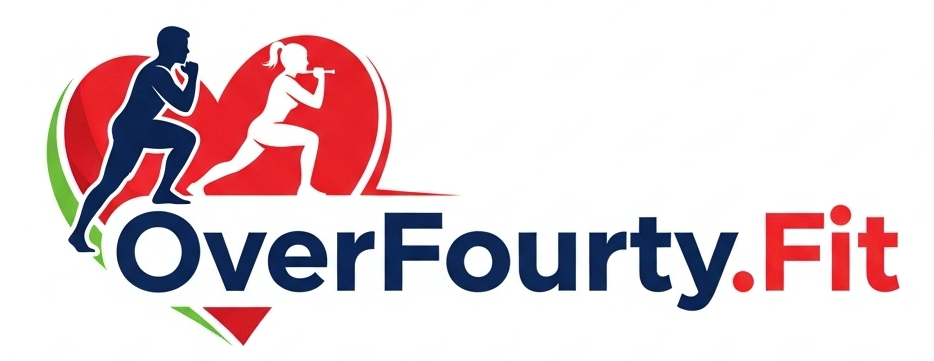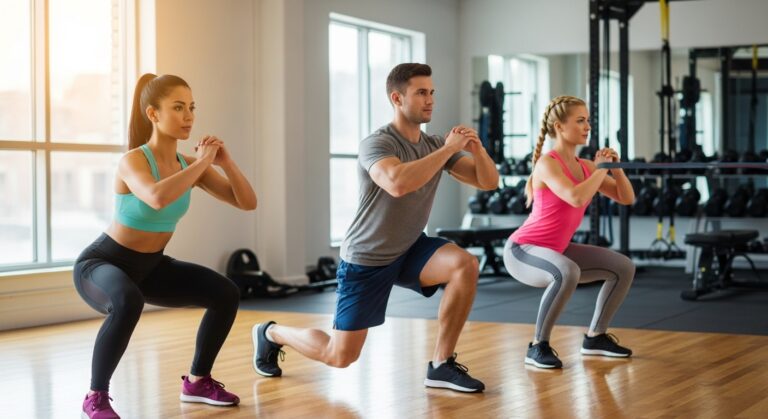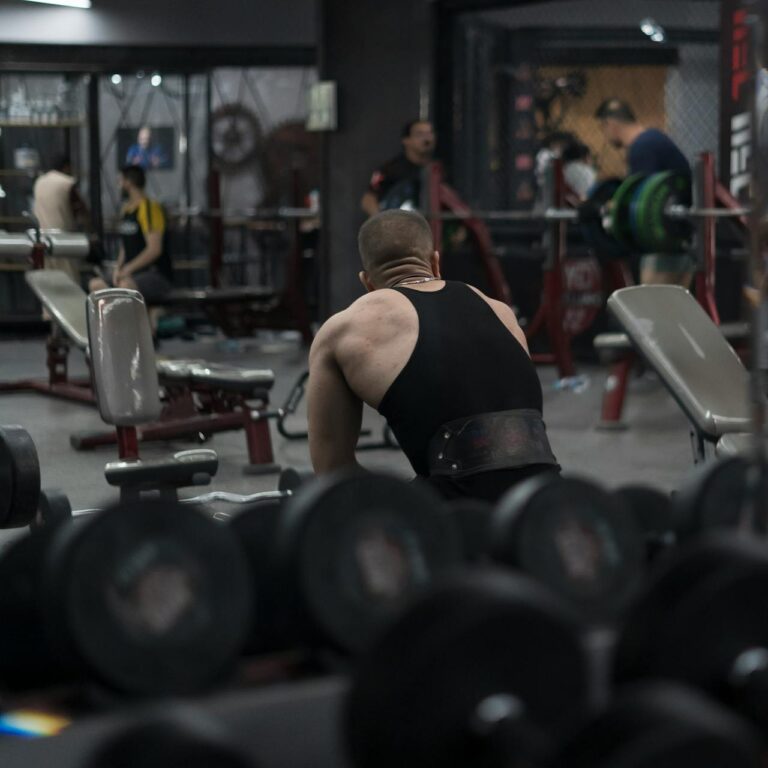Fitness for Life: How to Stay Strong, Active & Vibrant Forever
Fitness for life means adopting sustainable, healthy habits that keep you strong, energetic, and resilient at every age. It’s not about quick fixes but long-term wellness through balanced exercise, nutrition, and mental well-being. Whether you’re 20 or 70, prioritizing fitness ensures a healthier, happier future.
What is the Fit for Life Program?
The Fit for Life program is a holistic approach to wellness that combines:
- Daily movement (walking, strength training, flexibility exercises)
- Balanced nutrition (whole foods, portion control, hydration)
- Mental resilience (stress management, sleep, mindfulness)
This program emphasizes consistency over intensity, making it ideal for all fitness levels.
What Does Fitness for Life Mean?
It is about making health a lifelong commitment, not a short-term goal. Key principles include:
- Consistency Over Intensity – Small, daily efforts (like a 30-minute walk) beat extreme workouts you can’t sustain.
- Functional Strength – Exercises that improve real-life mobility (squats, lifting, balance drills).
- Nutrition as Fuel – Eating for energy, immunity, and longevity.
- Recovery & Rest – Muscles grow when you rest; sleep is non-negotiable.
Benefits of Fitness for Life
| Benefit | How It Helps |
|---|---|
| Longevity | Reduces chronic disease risks (heart disease, diabetes). |
| Mental Clarity | Exercise boosts brain function & fights depression. |
| Mobility | Keeps joints, muscles, and bones strong as you age. |
| Energy | Enhances stamina for daily activities. |
Is It Okay to Exercise Every Day?
Yes, but it depends on the intensity. Here’s a safe approach:
- Moderate exercise (walking, yoga, swimming) – Safe daily.
- High-intensity workouts (weightlifting, HIIT) – Allow 1-2 rest days weekly.
Overtraining risks: Burnout, injuries, weakened immunity. Listen to your body!
Sample Weekly Plan for Lifelong Fitness
| Day | Activity | Focus |
|---|---|---|
| Mon | Strength Training | Muscles & bones |
| Tue | Walking/Cycling | Cardio |
| Wed | Yoga/Pilates | Flexibility |
| Thu | Rest or Light Stretching | Recovery |
| Fri | HIIT or Dance | Endurance |
| Sat | Hiking/Sports | Fun & Social |
| Sun | Meditation/Walk | Mental Health |
How to Start Your Fitness-for-Life Journey
- Set Realistic Goals – Start small (e.g., 10K steps/day).
- Mix It Up – Avoid boredom with varied workouts.
- Eat Whole Foods – Prioritize veggies, lean proteins, healthy fats.
- Track Progress – Use a journal or fitness app.
Pro Tip: Find activities you enjoy—fitness should feel rewarding, not punishing!
Final Thoughts
Fitness for life isn’t a destination; it’s a lifestyle. By embracing movement, smart nutrition, and recovery, you’ll build a body (and mind) that thrives for decades. Start today—your future self will thank you! Why Fitness Is Linked With Attractiveness For Enhanced Confidence
What is life fitness?
Life fitness means adopting sustainable, healthy habits that keep you strong, energetic, and resilient at every age. It’s not about quick fixes but long-term wellness through balanced exercise, nutrition, and mental well-being. Whether you’re 20 or 70, prioritizing fitness ensures a healthier, happier future.
Is it okay to exercise every day?
Yes, but it depends on the intensity. Here’s a safe approach:
Moderate exercise (walking, yoga, swimming) – Safe daily.
High-intensity workouts (weightlifting, HIIT) – Allow 1-2 rest days weekly.
Overtraining risks: Burnout, injuries, weake
Is walking 30 minutes a day enough?
Is Walking 30 Minutes a Day Enough for Fitness?
Yes, walking 30 minutes a day is enough to improve health, boost longevity, and maintain fitness—if done consistently. While it may not build significant muscle or maximize athletic performance, it’s a powerful, sustainable habit with proven benefits.
Why 30 Minutes of Walking Works
Heart Health – Lowers blood pressure, reduces heart disease risk, and improves circulation.
Weight Management – Burns calories (100–200 per session) and helps regulate metabolism.
Mental Wellness – Releases endorphins, reduces stress, and fights anxiety/depression.
Longevity – Studies show daily walkers live longer than sedentary individuals.
When to Add More
For weight loss: Increase duration (45–60 mins) or add short bursts of speed.
For muscle/strength: Pair with resistance training 2–3x/week.
For athletic performance: Incorporate intervals (e.g., 1 min fast walk, 2 mins slow).
Bottom Line: 30 minutes daily is a great start—but adjust based on your goals! 🚶♂️💪
What is the definition of a fitness lifestyle?
A fitness lifestyle is a long-term commitment to regular physical activity, balanced nutrition, mental well-being, and healthy habits that support overall vitality and longevity. It’s not just about occasional workouts or short-term diets—it’s a sustainable way of living that prioritizes strength, energy, and resilience at every stage of life.
Key Elements of a Fitness Lifestyle
Consistent Movement
Daily exercise (walking, strength training, yoga, sports)
Avoiding prolonged sitting (taking active breaks)
Nutrient-Focused Eating
Whole, minimally processed foods (veggies, lean proteins, healthy fats)
Hydration and mindful eating (not restrictive dieting)
Rest & Recovery
Quality sleep (7–9 hours nightly)
Active recovery (stretching, mobility work)
Mental & Emotional Wellness
Stress management (meditation, deep breathing)
Positive mindset (self-care, goal-setting)
Lifelong Adaptability
Adjusting workouts/nutrition as you age
Staying active in ways you enjoy.







